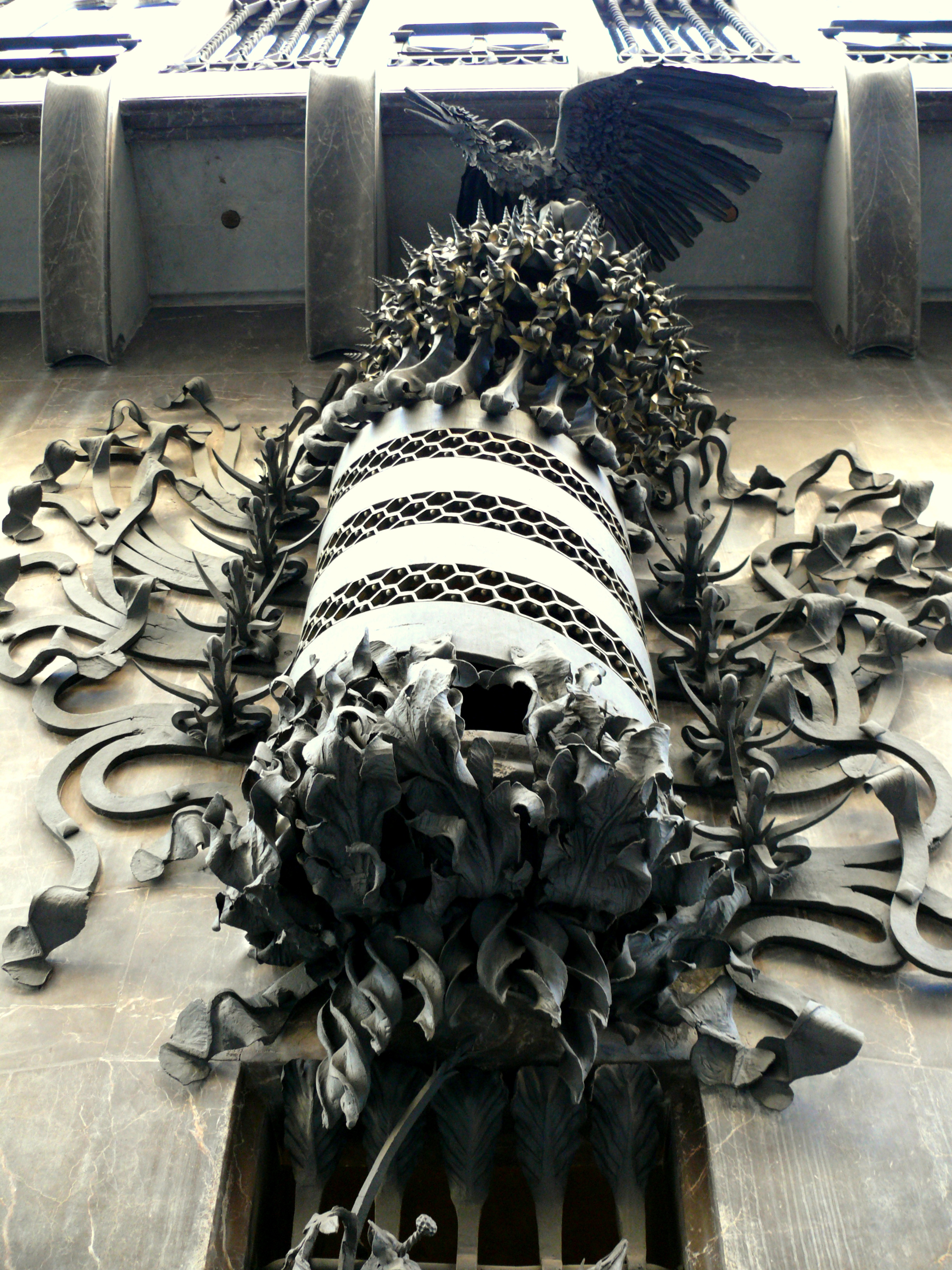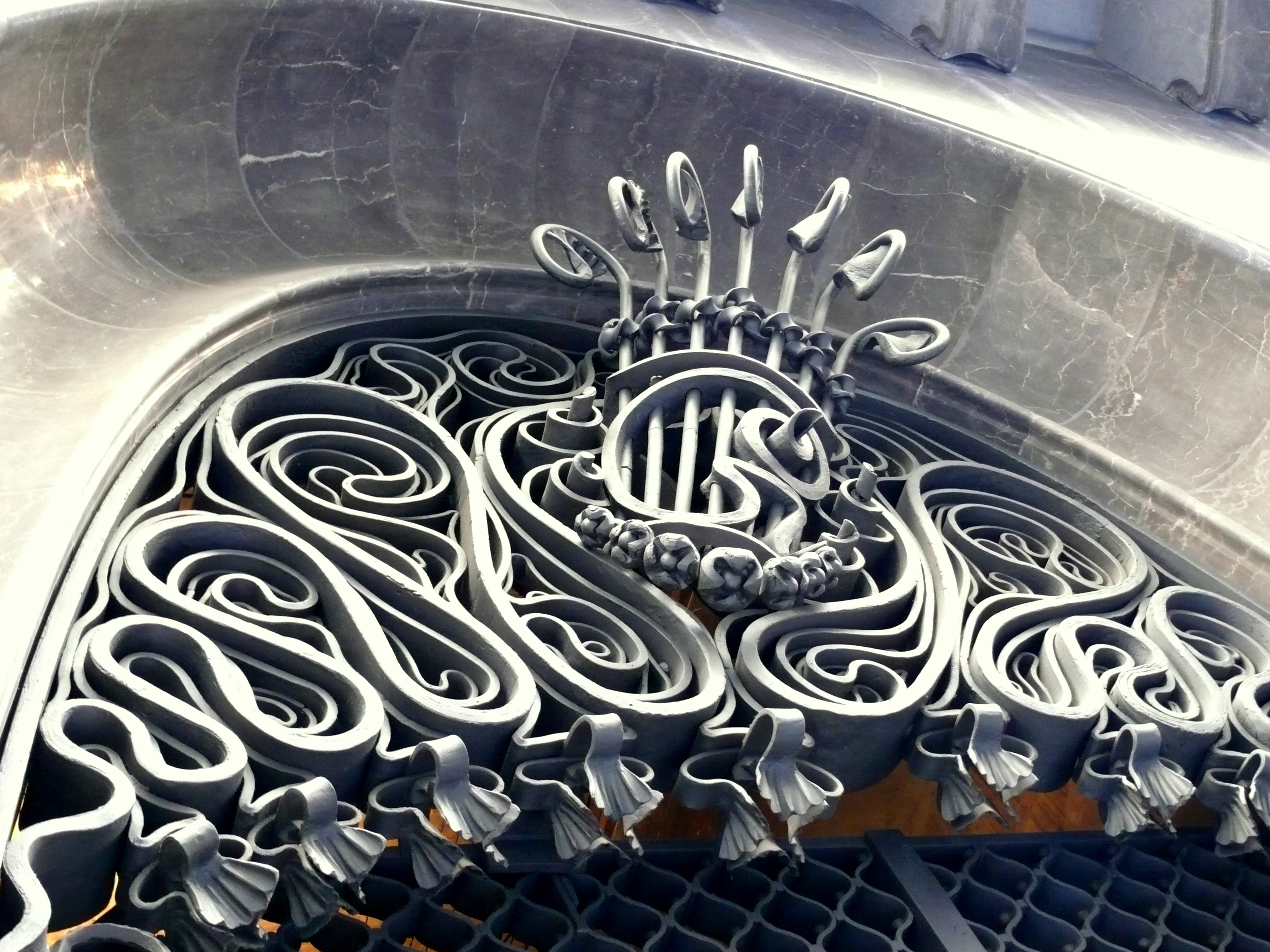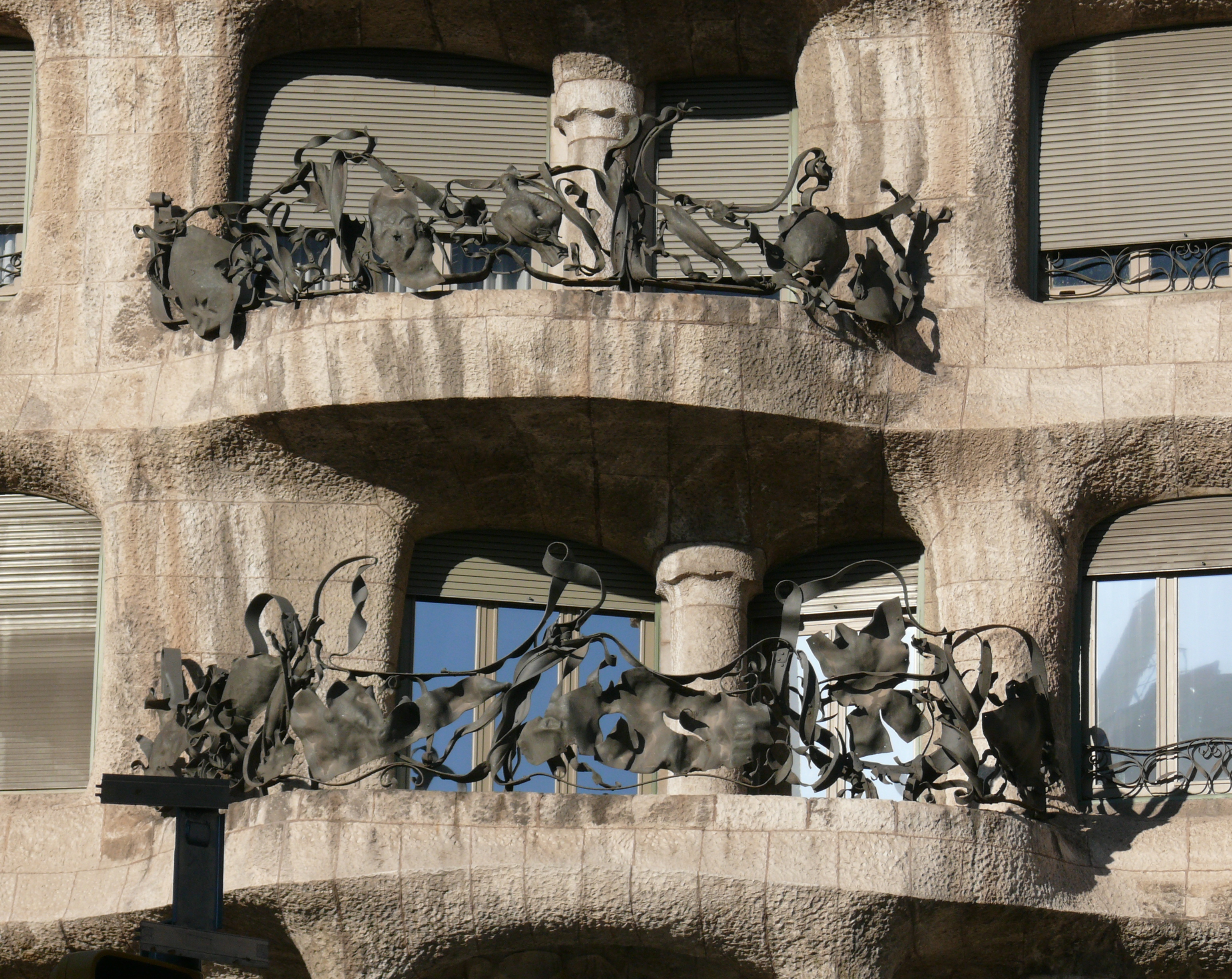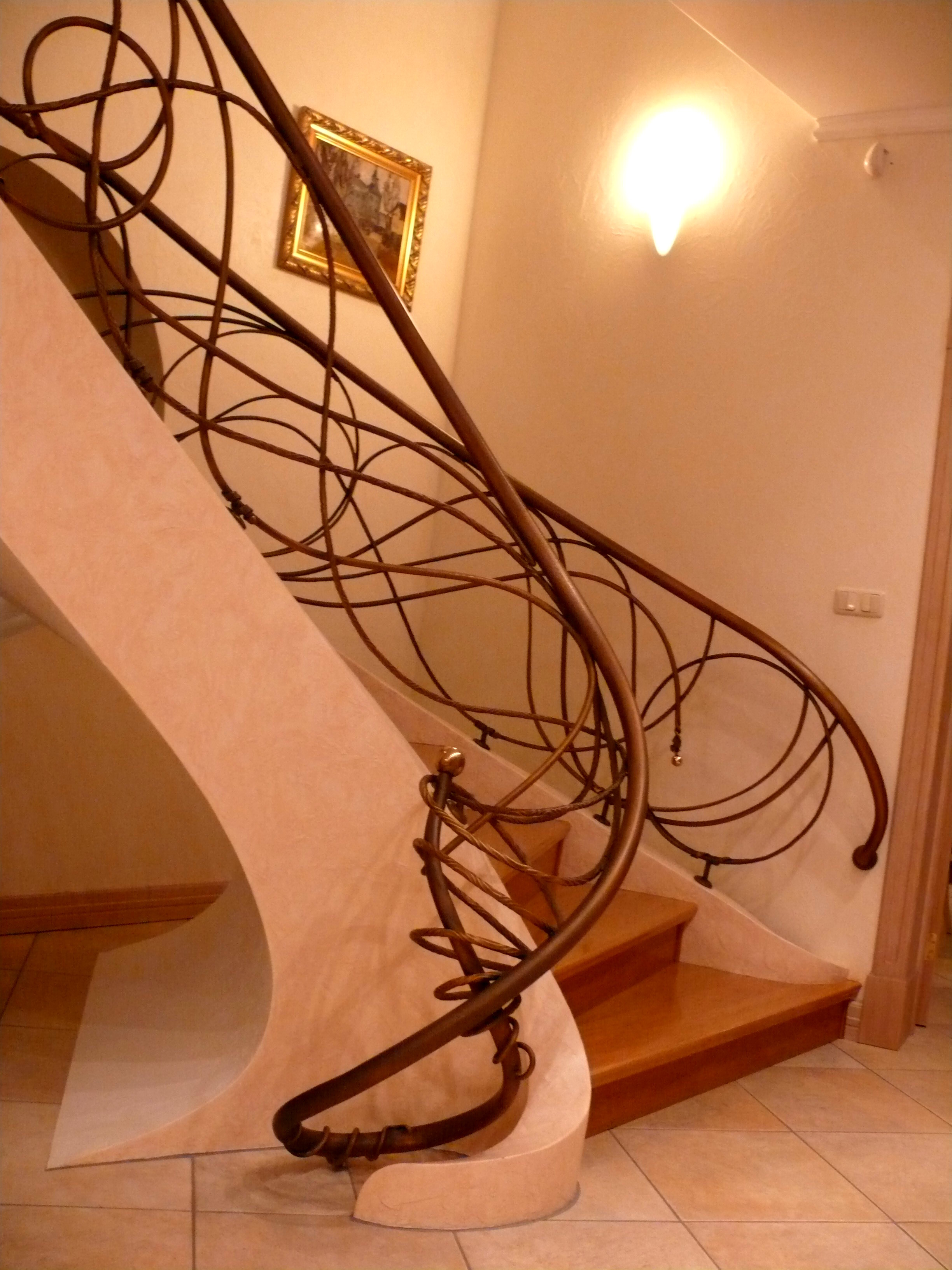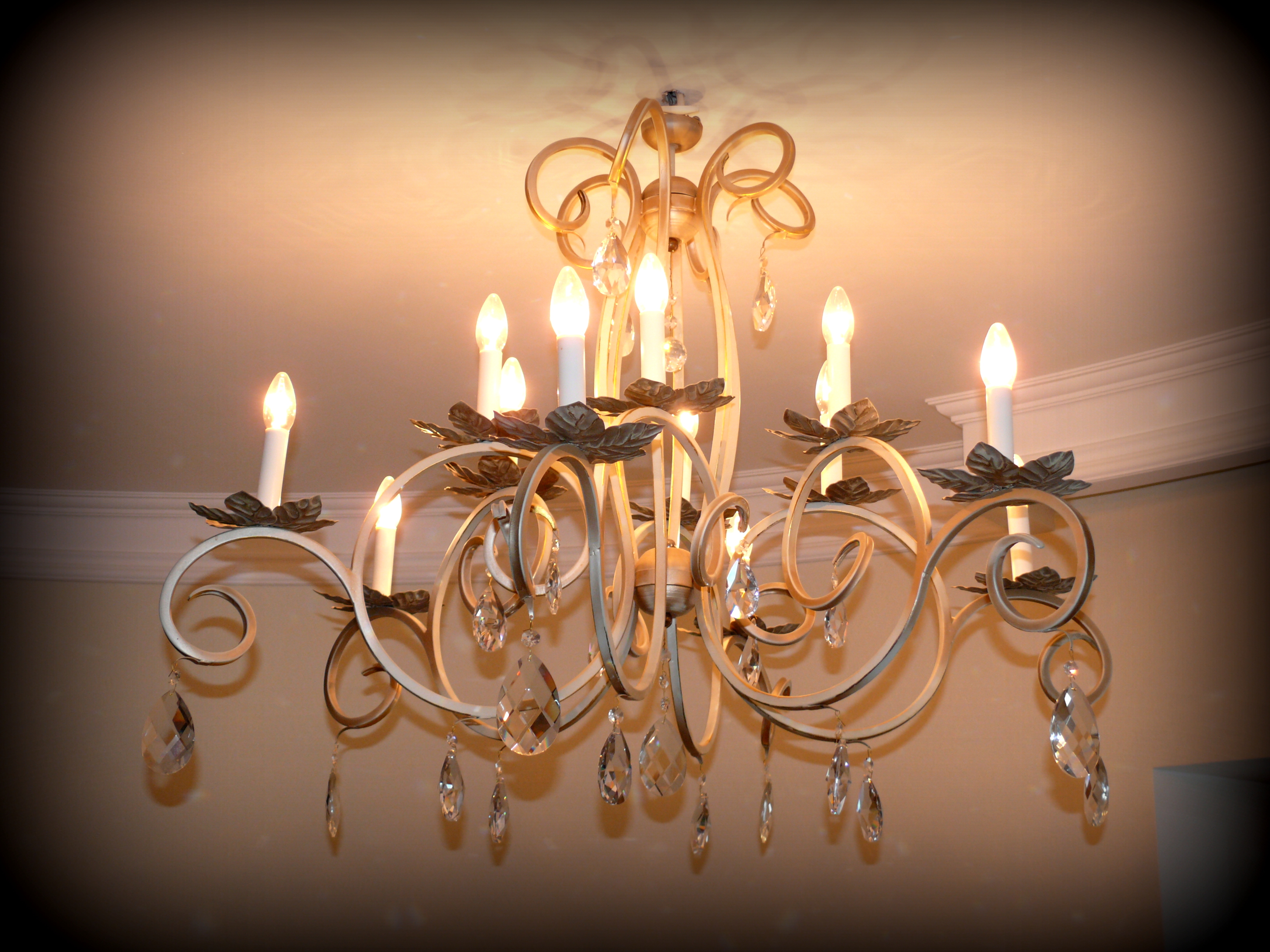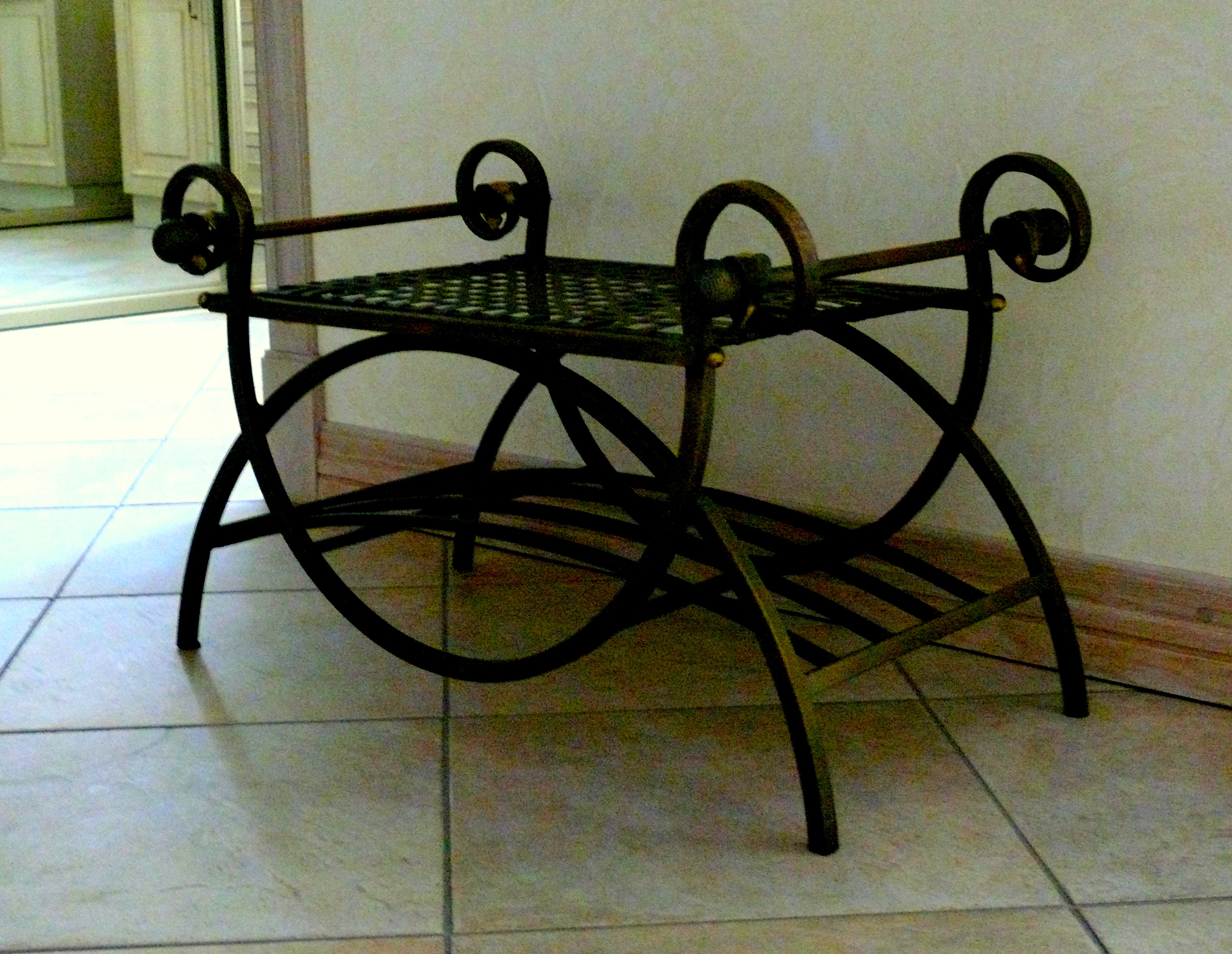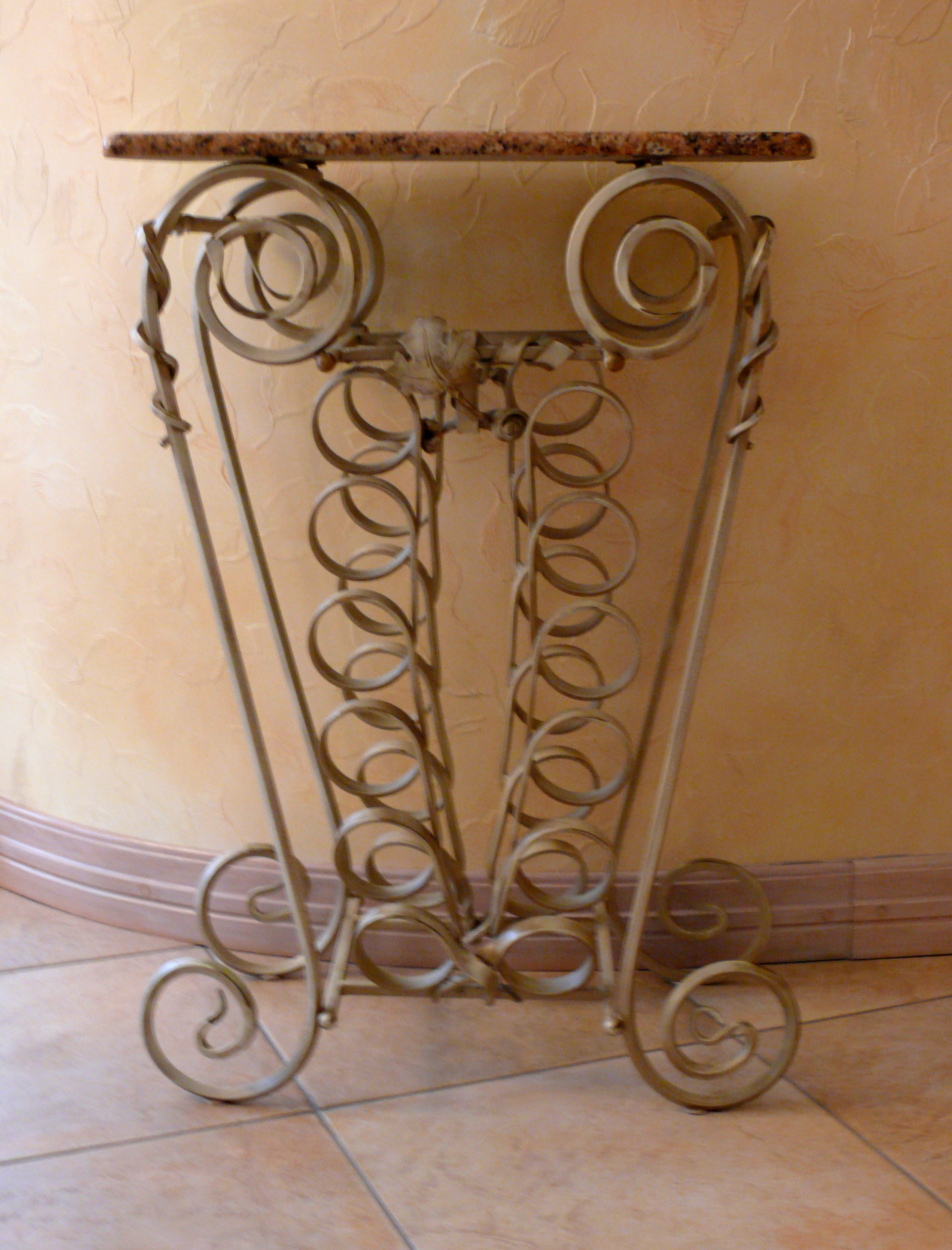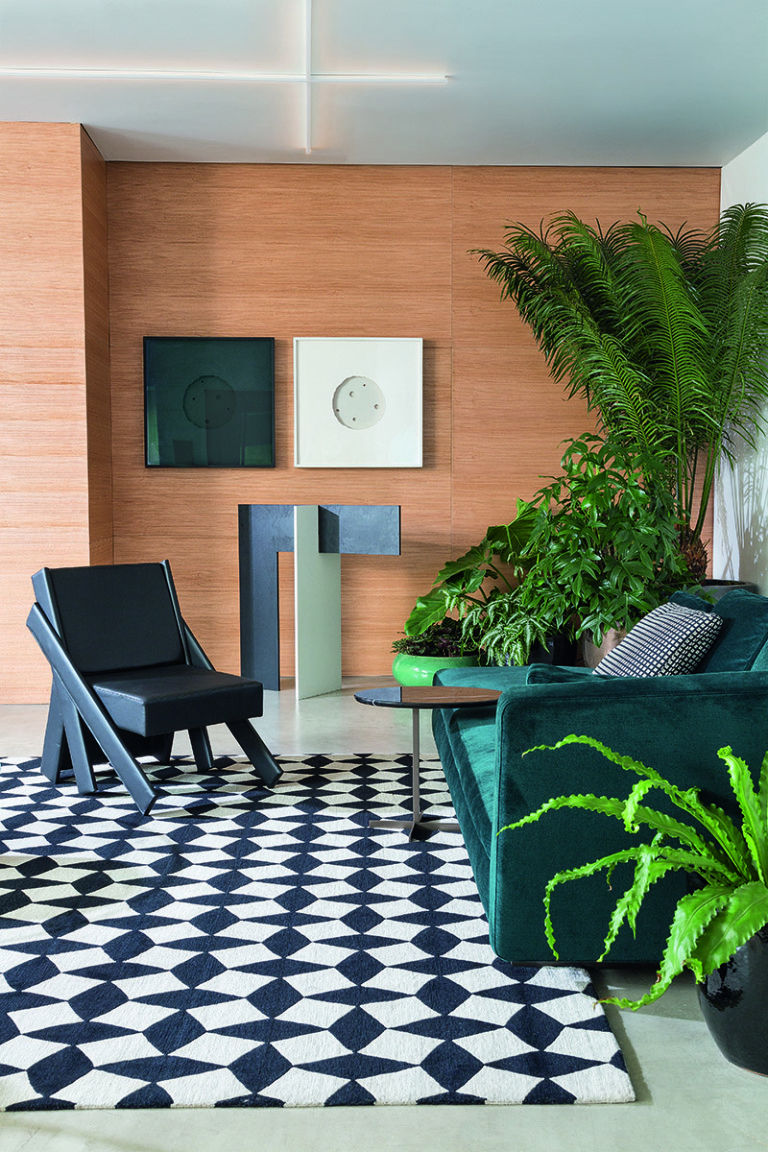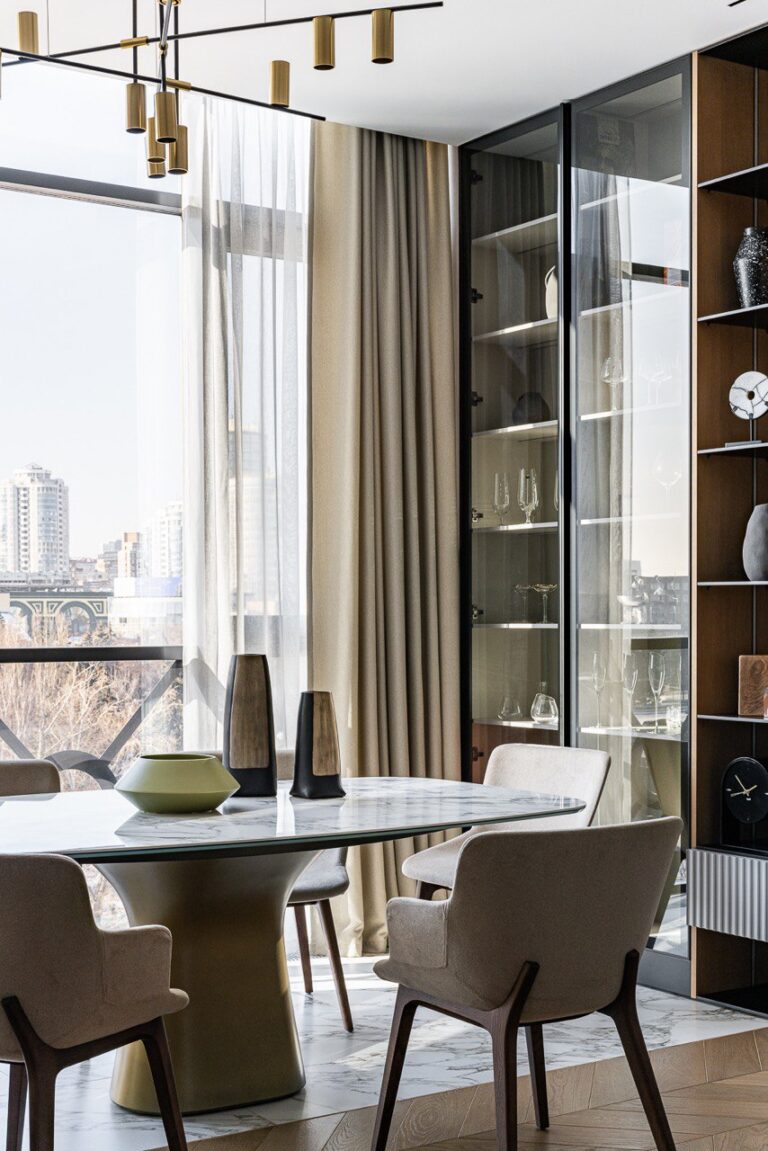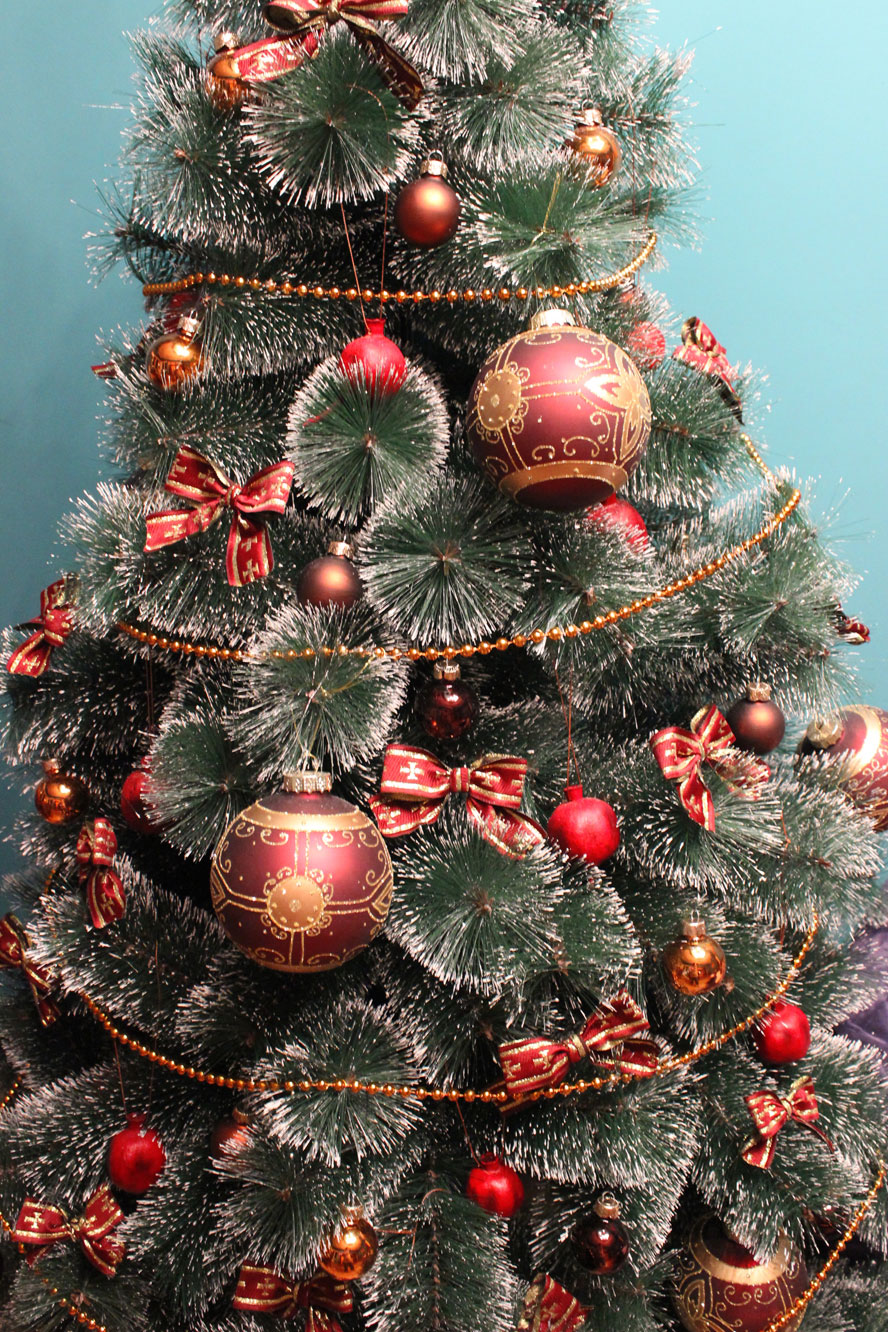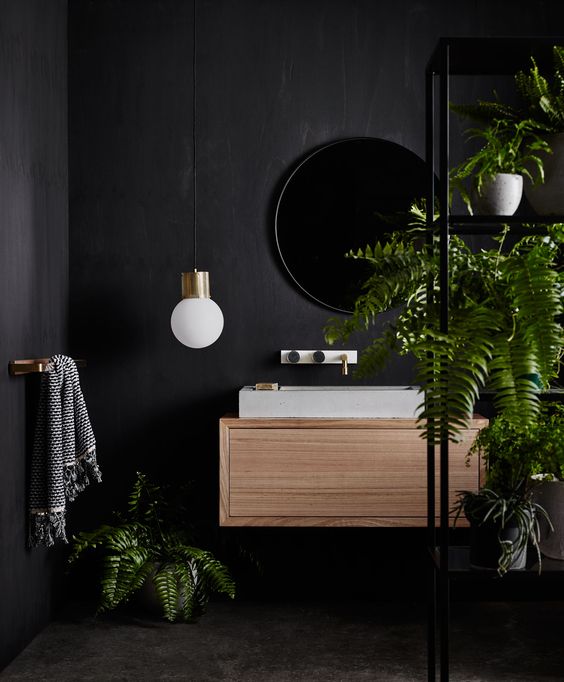Wrought Iron in Home Decor
Wrought iron is one of the most elegant and beautiful elements in interior design and one of my most favorite too. It appeared many centuries ago and became especially popular in the XVI – XIX centuries. The design of wrought ironwork is always changing according to actual trends: it can be flowery or minimalistic, traditional or innovative, organic or geometrical. Since wrought iron is entirely handmade, it can be incorporated in different decorating styles: classical, contemporary, country and even minimalistic. Delicate and airy look of ironwork ornaments together with masculinity and power of metal create solid but at the same time very exquisite and refined look.

As I said wrought iron can be used in almost any interior. However, there are certain things which you need to consider in order to make complete and harmonious look of your house.
5 tips on using ironwork in home decor:
- If you decided to use ironwork in your house it is better to create an ensemble of several elements. Single wrought iron piece will probably look incongruous and out of place.
- You should make considerations on proportions, size and place of ironwork. It is the same process as choosing the right shoes for a dress.
- All ironwork in the house should be made in the same style. If you hang baroque style chandelier and in the same room place rather minimalistic chairs and table, the interior will look awkward and amateur.
- Better to underdo than overdo. Iron work is a very specific interior design feature. All items need to be carefully selected and well-thought-out. If you place too many wrought iron pieces, your house will look grotesque and preposterous.
- Wrought iron is a wonderful feature as you can create almost any design. Rather than copying things from magazines and the Internet, you may decorate your house with something really unique and exclusive.
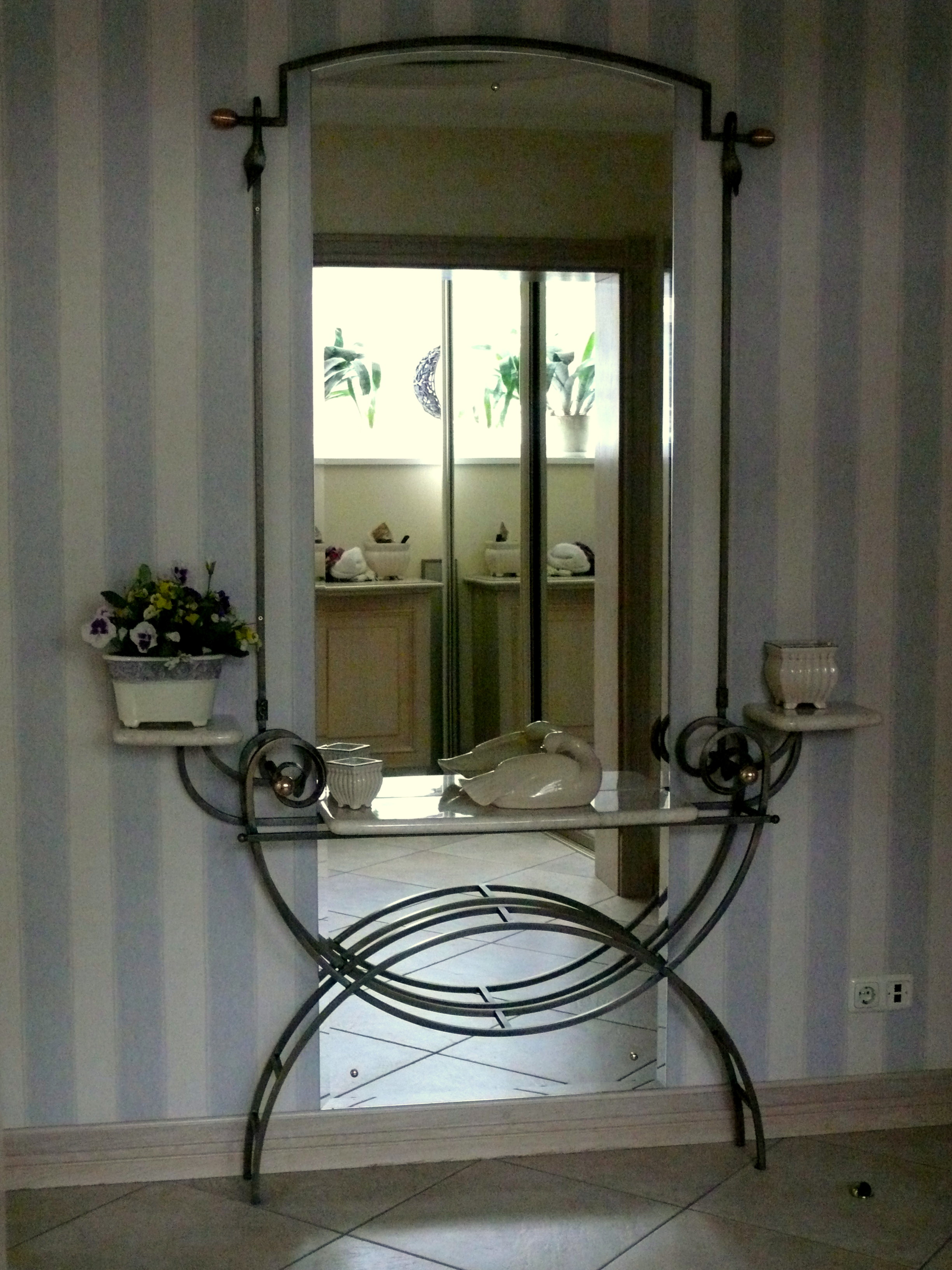
Differences between wrought iron and cast iron.
One can easily distinguish wrought iron from cast iron by paying attention to the following details:
- Wrought iron resembles figures made from plasticine: if you can see small pits and tubercles on the surface it is definitely wrought iron. All flattened organic forms such as leaves and flower petals, for example, can be made only from wrought iron.
- Elements of wrought ironwork can change their thickness through the length. Cast iron may have curved details but they will always have the same thickness.
- A blacksmith always tries to disguise places of welding by attaching decorative details such as flowers, leaves, vignettes. Meanwhile welding in cast ironwork is usually very visible and unattractive.
- The process of painting of cast and wrought iron is also very different. Cast iron is usually covered with uniform layer of paint. Wrought iron is covered with 5-6 layers of paint, which can be wiped off or darkened in some places in order to create antique or vintage look.
- Wrought iron can’t have identical details. They can be very similar, if it is required by design, but a blacksmith will never be able to produce two absolutely same elements – they will always have a slight difference in the shape or size. Elements in cast iron can be absolutely same since they are produced in molds.
Some wonderful and very creative examples of how wrought iron can be used for decorating exterior and interior of the house we can see in works of famous Catalan architect Antoni Gaudi. His innovative approach to design and craftsmanship allowed to create absolutely new forms of ironwork which never existed before. His main inspiration was nature and we can see a lot of organic forms in his designs. His buildings are a perfect example on how the ironwork can complement the architectural look in order to fully realize artistic vision.

